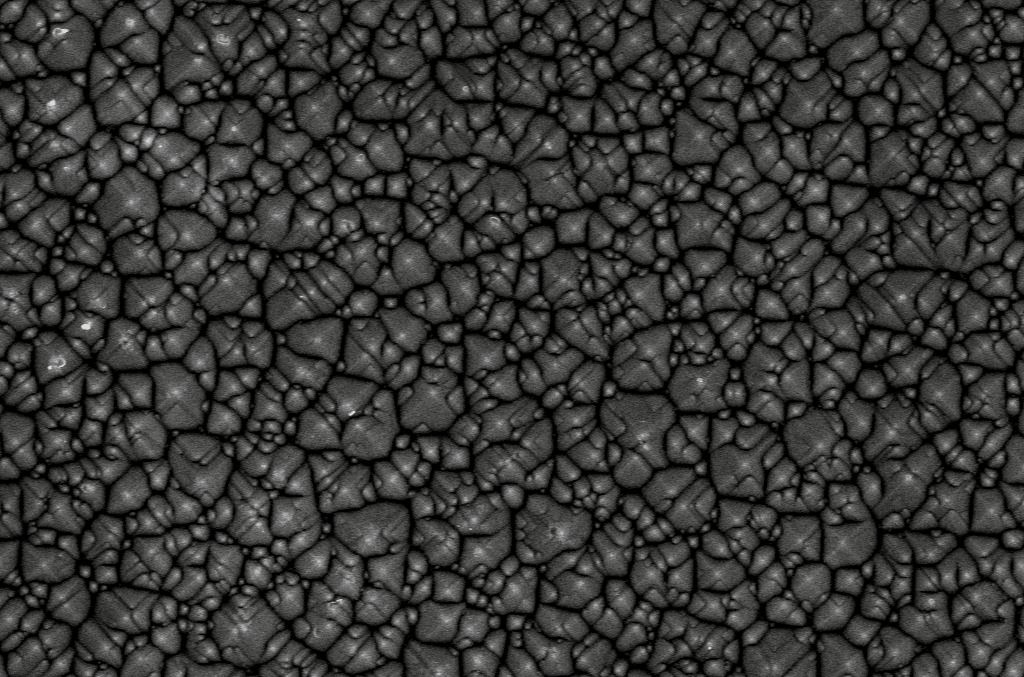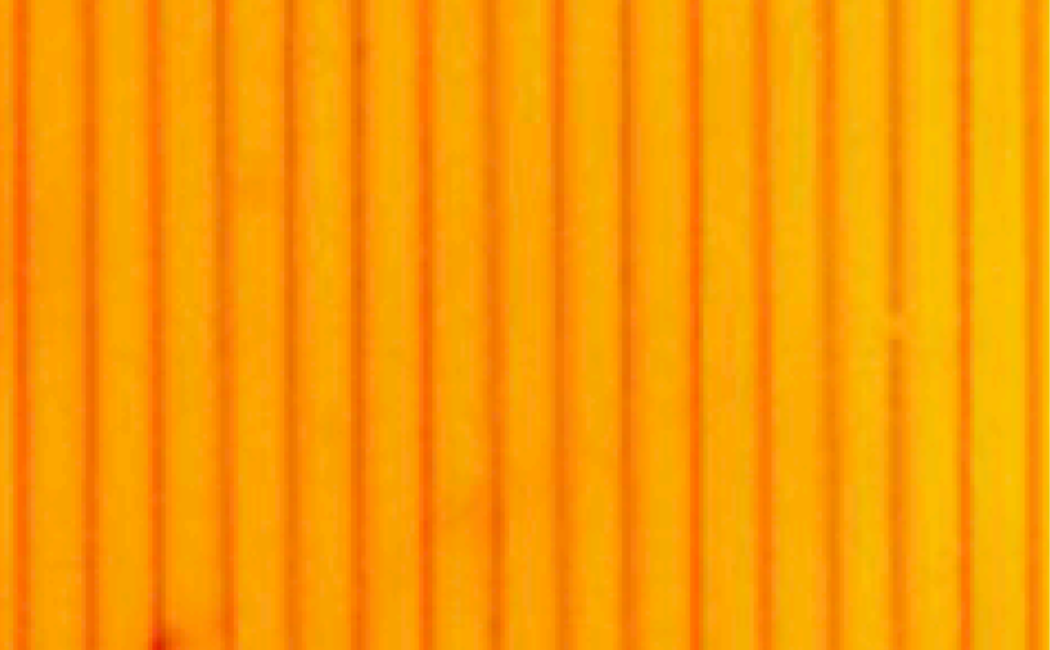


16 April, 2019
N-type silicon wafers exhibit superior electrical properties compared to their p-type counterparts, such as higher minority carrier lifetime and absence of light-induced degradation, resulting in a higher efficiency potential and increased reliability of photovoltaic devices. However, most of the commonly used metals (e.g., Al and Ag) cannot form an ohmic contact on the lightly doped n-type silicon wafers, retarding the development of an n-type analog to the Al-back-surface-field p-type solar cell. Herein, we present a dual-function, electron-conductive contact based on titanium nitride (TiN) for n-type silicon solar cells. By implementing the SiO2/TiN contact, which acts simultaneously as a surface passivating layer and metal electrode, an efficiency of 20% was achieved by an n-type silicon solar cell with a simplified fabrication flow. This work demonstrates the path forward to develop efficient n-type silicon solar cells with dual-function metal nitride contacts at a low cost.
Quasi-metallic TiN combined with an ultrathin SiO2 passivation layer (SiO2/TiN) is demonstrated to be an effective electron-selective contact on c-Si, featuring a low-contact resistivity of 16.4 mΩ.cm2 and a tolerable recombination current parameter of ∼500 fA/cm2. By implementing the dual-function SiO2/TiN contact, which acts simultaneously as a surface passivating layer and metal electrode, an efficiency of 20% is achieved by an n-type c-Si solar cell with a simple structure.
This work not only demonstrates a way to develop efficient n-type c-Si solar cells with dual-function metal nitride contacts at a low cost but also expands the pool of available carrier transport materials, from metal oxides to metal nitrides, for photovoltaic devices.
.png?sfvrsn=a994fd23_2)
Figure. Schematic illustration of the fabricated devices and J-V characteristics. (Reference: X. Yang et al., Joule, 2019)
To read the article, please click